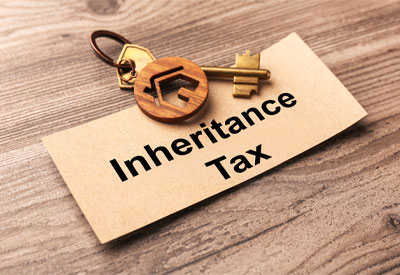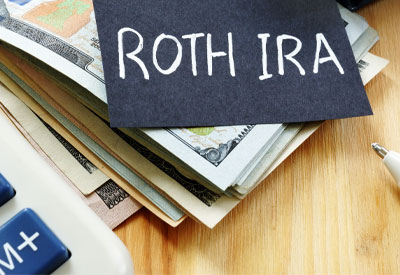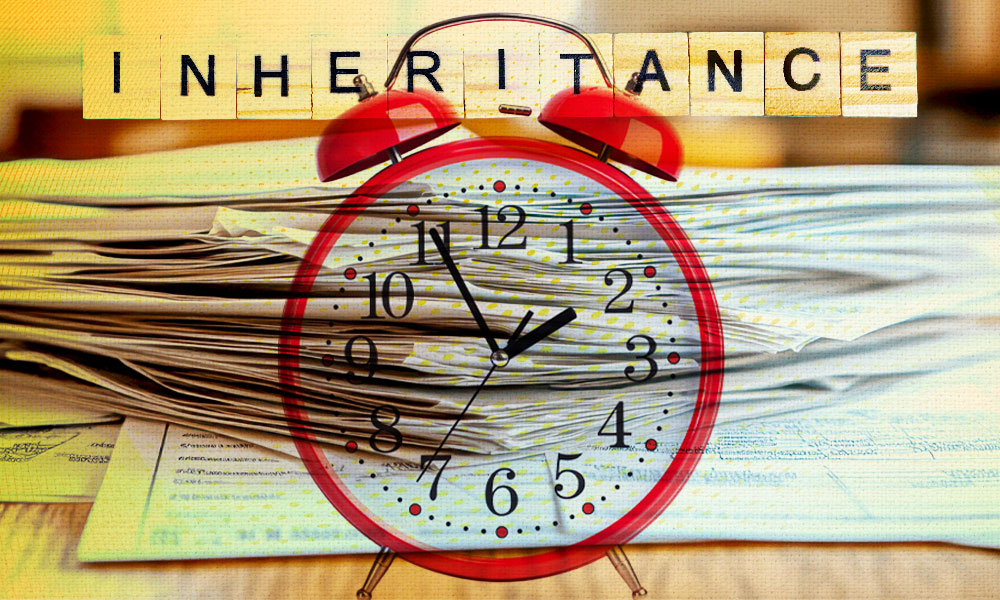When a retired accountant divided his $1.5 million IRA equally among his three children, he believed he was treating them fairly. Six months after his death, his family gathered for a holiday dinner that ended in bitter accusations and tears. The cause? His daughter, a well-paid executive, had just calculated that after taxes, she would receive nearly $100,000 less than her schoolteacher brother from their supposedly "equal" inheritances.
This scene plays out in families across America every year — an unfortunate aftershock of what seemed like a straightforward estate plan.
What many Americans don't realize is that this seemingly equitable approach can lead to dramatically unequal outcomes. The culprit? Tax brackets. That "equal" inheritance you've meticulously planned might result in one heir receiving tens — or even hundreds — of thousands of dollars less than another after taxes.
This hidden inequality is particularly pronounced with certain types of inherited assets, especially tax-deferred retirement accounts like traditional IRAs and 401(k)s. These accounts represent a growing portion of many Americans' wealth, making this issue increasingly relevant for families of all financial backgrounds.
Why do equal inheritances often result in unequal outcomes?

The mathematics of tax inequality are straightforward but often overlooked. When heirs inherit tax-deferred retirement accounts, they must eventually pay income taxes on those funds — taxes the original owner deferred during their lifetime.
Consider this example: Sarah and Michael are siblings who each inherit $500,000 from their father's traditional IRA. Sarah is a schoolteacher earning $45,000 annually (12% federal tax bracket), while Michael is a surgeon earning $350,000 (35% federal tax bracket).
Under federal law, both must withdraw the entire amount within 10 years. When they do, Sarah will pay approximately $60,000 in federal income taxes on her inheritance, while Michael will pay about $175,000 — a difference of $115,000.
What looked like equal $500,000 inheritances on paper actually results in Sarah receiving $440,000 after taxes, while Michael gets just $325,000. That's a 26% difference in actual inheritance value, despite the identical starting amounts.
This disparity becomes even more pronounced when state income taxes enter the picture, particularly in high-tax states like California, New York or New Jersey.
How does the SECURE Act amplify tax bracket disparities?
Prior to the implementation of the SECURE Act in 2020, non-spouse beneficiaries of retirement accounts could "stretch" distributions over their lifetime, taking only minimum required amounts each year. This approach minimized annual tax impacts and often kept heirs from jumping into higher tax brackets. By compressing the timing of distributions into a 10-year window, it can force larger withdrawals that push beneficiaries into higher tax brackets specifically because of their inheritance.
Consider the potential psychological impact: Michael not only receives less than his sister but may also resent seeing a significant portion of his inheritance redirected to taxes. Meanwhile, Sarah might feel guilty about her more favorable tax treatment — despite neither sibling having control over these outcomes.
The SECURE Act 2.0 of 2022 maintained these distribution requirements while adding layers of complexity. Since then, distribution requirements within that 10-year window have varied depending on whether the original account owner had begun taking required minimum distributions (RMDs) before passing away — creating even more planning complexities for families.
What types of assets create the biggest tax discrepancies among heirs?

Not all inherited assets face the same tax treatment. Understanding these distinctions is crucial for equitable planning:
- Tax-deferred retirement accounts (traditional IRAs, 401(k)s, 403(b)s). These create the most significant disparities, as distributions are taxed as ordinary income at the beneficiary's tax rate. A higher-income heir might lose 35-37% to federal taxes, while a lower-income heir might pay just 10-12% on the same inherited amount.
- Appreciated securities or property. These receive a "step-up" in basis at death, eliminating built-in capital gains taxes. This makes them more tax-efficient inheritances for high-income heirs compared to retirement accounts. However, if heirs hold these assets for years before selling, future appreciation will be taxed according to their individual tax brackets.
- Roth retirement accounts. These typically provide tax-free distributions to beneficiaries regardless of tax bracket — making them "tax bracket neutral" and more equitable when divided among heirs with different income levels.
- Life insurance proceeds. Death benefits are generally income tax-free to beneficiaries regardless of their tax bracket, though they may have estate tax implications for very large estates.
- Annuities. Many carry deferred income that becomes taxable to beneficiaries, creating similar issues to traditional retirement accounts. The specific tax treatment depends on the type of annuity and how it was funded.
What strategies can create more equitable inheritance outcomes?

The tax code may create inheritance inequities, but thoughtful estate planning strategies can restore balance. While you cannot control the tax brackets of your heirs, you can strategically structure your estate to minimize disparities and maximize the after-tax value each beneficiary receives. The following approaches offer practical solutions that range from simple asset allocation shifts to more sophisticated trust and insurance strategies, each with distinct advantages depending on your specific circumstances.
- Strategic asset allocation. Distribute different asset types based on tax implications. Direct tax-deferred accounts to lower-income heirs and tax-advantaged assets (Roth accounts, insurance proceeds, stepped-up basis investments) to higher-income heirs. This simple approach requires clear documentation to prevent perceived favoritism.
- Roth conversions. Transform tax-deferred assets into tax-free assets during your lifetime. This eliminates the tax bracket problem entirely, effectively paying heirs' tax bills in advance, often at your lower rate. Ideal for those with lower tax brackets than their heirs, sufficient non-retirement assets to pay conversion taxes and expectations of excess retirement assets beyond lifetime needs.
- Life insurance solutions. Purchase policies providing tax-free death benefits to heirs disadvantaged by tax bracket differences. This strategy works well for older individuals who can't complete Roth conversions and becomes more efficient when implemented through an irrevocable life insurance trust.
- Charitable remainder trusts. Name charities as remainder beneficiaries of tax-deferred assets while using other assets or life insurance for heirs. This reduces tax burdens while supporting charitable causes, working particularly well for larger estates with existing charitable intentions.
- Disclaimer planning. Build flexibility into your estate plan, allowing heirs to assess their tax situation and potentially redirect assets to others in lower tax brackets. This provides "post-death tax planning opportunities" based on circumstances at the time of inheritance.
Conclusion
The notion of "equal shares" in estate planning often falls short of creating true equality when tax realities come into play. Without addressing tax bracket disparities, even the most carefully divided estate can lead to significantly unequal outcomes and potential family conflict. By understanding how different assets are taxed and implementing strategic approaches to account for these differences, you can ensure your legacy benefits your loved ones according to your true intentions.



